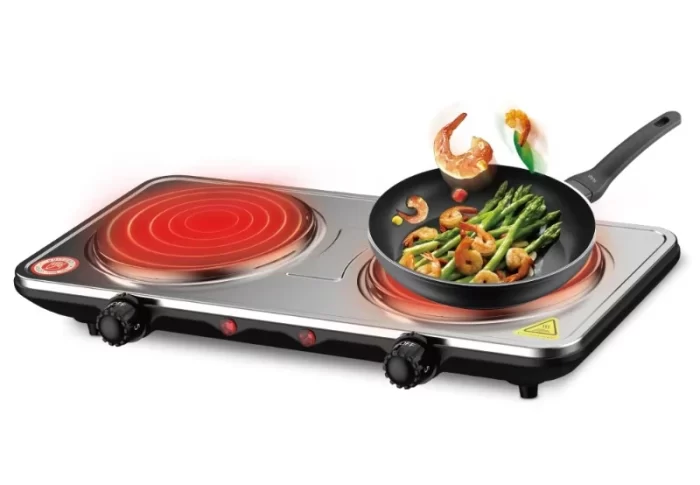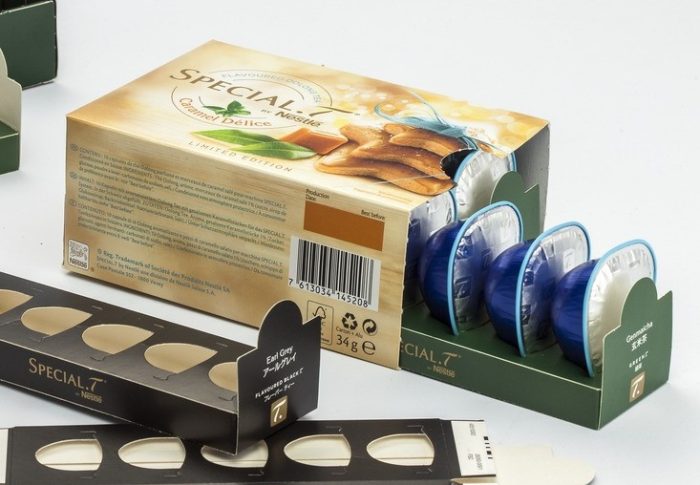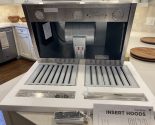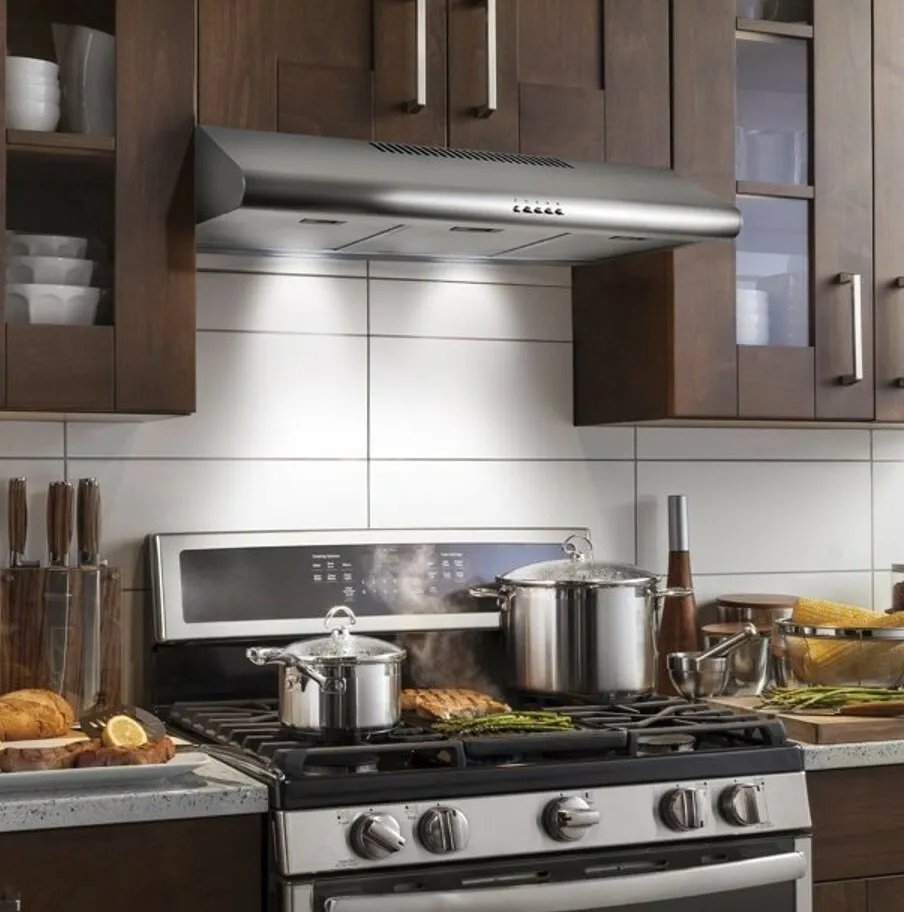
A Clean Kitchen: How a Ductless Range Hood Works
Introduction: Embracing the Efficiency of Ductless Range Hoods
A ductless range hood is a versatile and efficient appliance that helps keep your kitchen air fresh and clean while cooking. Unlike traditional range hoods, which require ductwork to vent out smoke and odors, ductless range hoods utilize a recirculation system to filter and purify the air before releasing it back into the kitchen. In this detailed guide, we will explore the intricacies of how a ductless range hood works, from capturing pollutants to employing filters and recirculation technology. Understanding this process will allow you to appreciate the benefits and functionality of a ductless range hood in maintaining a comfortable and odor-free cooking environment.

A Fresh and Clean Kitchen: Understanding How a Ductless Range Hood Works
-
Capturing Cooking Byproducts
a. Grease and smoke containment: When you cook, especially with greasy or high-heat methods, droplets, particles, and odors are released into the air. A ductless range hood employs a powerful fan to capture these byproducts and prevent them from spreading throughout the kitchen.
b. Baffle filters: Ductless range hoods are equipped with baffle filters, which are designed to trap and collect grease particles as the air passes through the hood. These filters effectively capture grease residues, preventing them from entering the exhaust system and ductwork.
c. Aluminum mesh filters: Some ductless range hoods also employ aluminum mesh filters, which further enhance grease and particle capture. These filters have a fine mesh construction that effectively traps smaller particles, ensuring cleaner air circulation.
-
Employing Filtration System
a. Activated carbon filters: In a ductless range hood, the air is forced through activated carbon filters after passing through the baffle filters. Activated carbon is highly porous and acts as a sponge, absorbing and neutralizing odors, volatile organic compounds (VOCs), and certain gases.
b. Mesh pre-filters: Some ductless range hoods may feature mesh pre-filters, which help capture larger particles such as hair, lint, or food debris. These pre-filters serve as an extra layer of protection for the activated carbon filters, extending their lifespan and optimizing their performance.
c. HEPA filters (optional): Certain premium ductless range hoods may offer the option to add High-Efficiency Particulate Air (HEPA) filters. HEPA filters are highly effective in capturing microscopic particles such as allergens, bacteria, and dust, providing an additional level of air purification for those with specific air quality concerns.
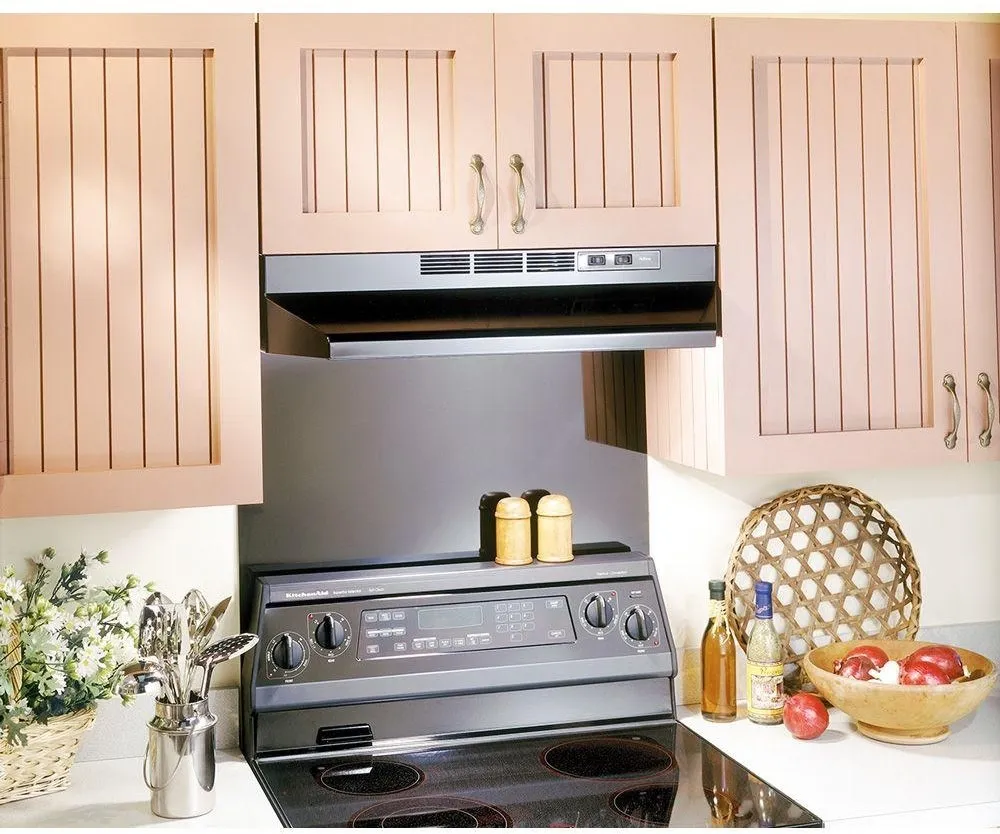
-
Recirculating Clean Air
a. Recirculation process: After passing through the filters, the purified air is refreshed and released back into the kitchen. Unlike ducted range hoods that vent air outside, ductless range hoods recirculate the air internally, redistributing it throughout the kitchen space.
b. Charcoal absorption: The activated carbon filters in ductless range hoods play a crucial role in neutralizing odors and volatile compounds, ensuring that the recirculated air is clean and free from unwanted smells.
c. Balanced airflow: A well-designed ductless range hood features a balanced airflow system that ensures efficient circulation throughout the kitchen. The fan and filters work together to maintain a constant flow of air, minimizing stagnation and promoting a fresh cooking environment.
-
Choosing the Right Size and Power
a. Match range hood size to stovetop: When selecting a ductless range hood, it’s important to choose a size and power that match the dimensions of your stovetop or cooktop. Range hoods that are too small or weak may not effectively capture and filter all the byproducts produced while cooking.
b. Airflow rate: Consider the airflow rate, measured in cubic feet per minute (CFM), of the ductless range hood. Higher CFM ratings correspond to better air movement and faster extraction of smoke and odors. Opting for a range hood with a higher CFM rating may result in more effective air purification.

-
Advantages of Ductless Range Hoods
a. Versatile installation: Ductless range hoods offer flexible installation options since they do not require complex ductwork or external ventilation. This makes them suitable for kitchens where duct installation may be difficult or costly.
b. Energy efficient: Ductless range hoods are generally more energy efficient compared to their ducted counterparts. By recirculating and filtering the air internally, less energy is required for heating or cooling makeup air, resulting in cost savings and reduced energy consumption.
c. Improved indoor air quality: The filtration system in ductless range hoods effectively removes smoke, grease, odors, and particles from the air. This results in improved indoor air quality and a more pleasant cooking environment, particularly for individuals with sensitivities or allergies.
-
Maintenance and Filter Replacement
a. Regular filter cleaning: It is important to clean and maintain the baffle filters, aluminum mesh filters, and pre-filters regularly. Follow the manufacturer’s instructions for cleaning, which may involve simple methods such as soaking in warm soapy water or running the filters through the dishwasher.
b. Filter replacement: Over time, the activated carbon filters or optional HEPA filters will become saturated and less effective. Follow the manufacturer’s recommendations and replace the filters accordingly to maintain optimum performance and air purification.
c. Regular hood cleaning: Keeping the exterior of the range hood clean is also essential. Wipe down the surfaces using a mild detergent or cleaning solution to remove grease and dirt. Pay attention to the fan blades and ventilation grilles, as these areas may accumulate debris and affect airflow.
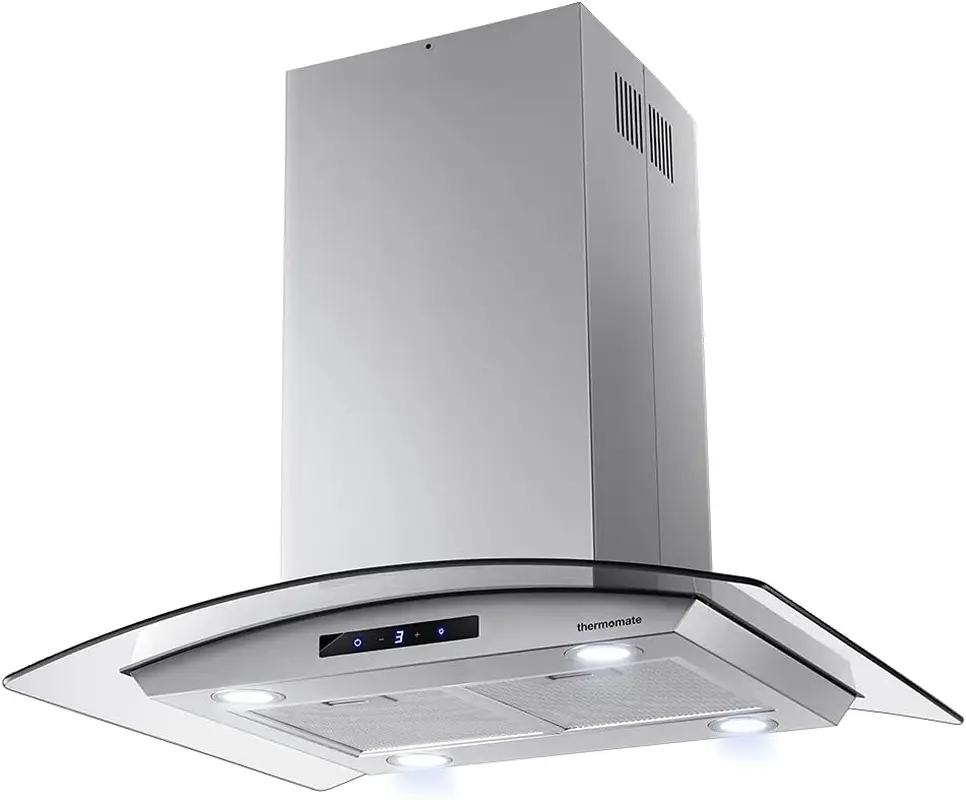
-
Considerations for Effective Operation
a. Proper placement: To ensure optimal performance, it’s important to install the ductless range hood at the correct height above the cooktop. Follow the manufacturer’s guidelines for the recommended installation height, which is typically between 24 to 30 inches.
b. Turn on before cooking: It is recommended to turn on the ductless range hood a few minutes before you start cooking. This allows the fan to create an airflow within the kitchen and helps establish an effective system for capturing cooking byproducts.
c. Use appropriate fan speed: Many ductless range hoods offer multiple fan speed options. Higher fan speeds may be necessary for heavy cooking, while lower speeds can suffice for light cooking.
d. Regularly monitor filter condition: Keep an eye on the condition of the filters. Regularly inspect them to ensure they are clean and free from excessive grease or debris. This allows for optimal airflow and efficient air purification.
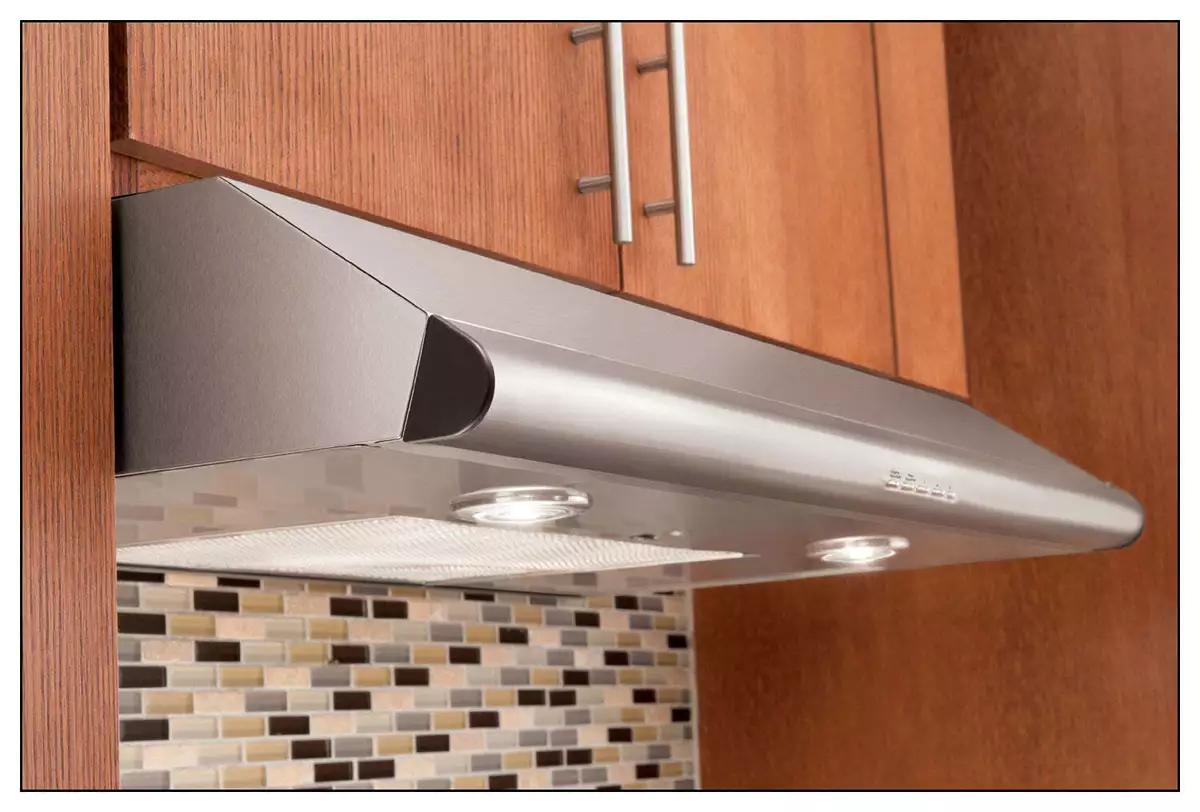
Conclusion: Fresh and Clean Cooking Spaces with Ductless Range Hoods
Ductless range hoods provide a reliable and efficient method of capturing, filtering, and recirculating air while cooking. By integrating baffle filters, activated carbon filters, and optional HEPA filters, these hoods effectively capture grease, smoke, odors, and particles. The recirculation process ensures that clean, purified air is released back into the kitchen, promoting a fresh and comfortable cooking environment.
By understanding the functionality and advantages of a ductless range hood, you can make an informed decision when selecting and maintaining this essential kitchen appliance. Embrace the convenience and effectiveness of a ductless range hood to enhance your cooking experience and elevate your indoor air quality.


